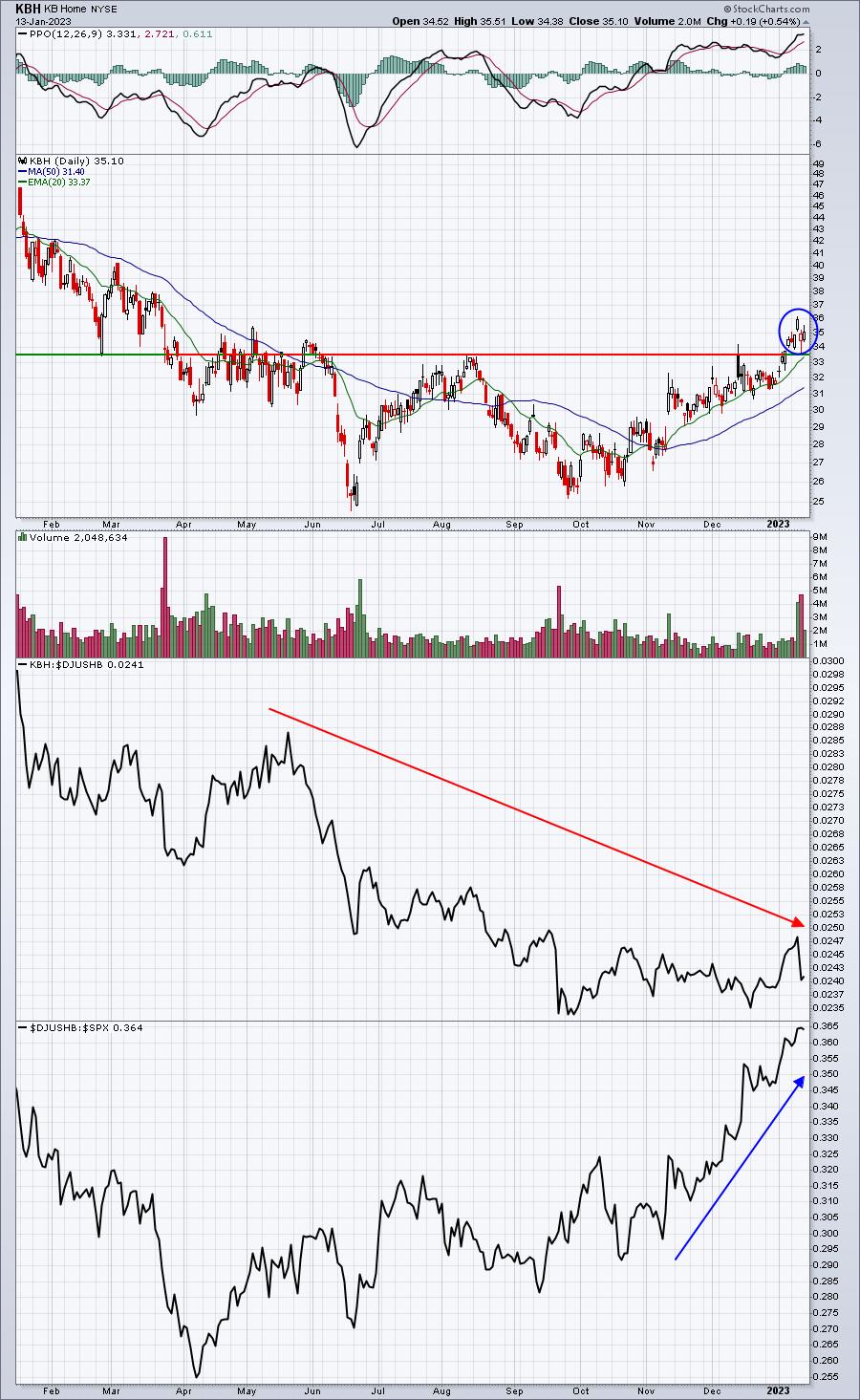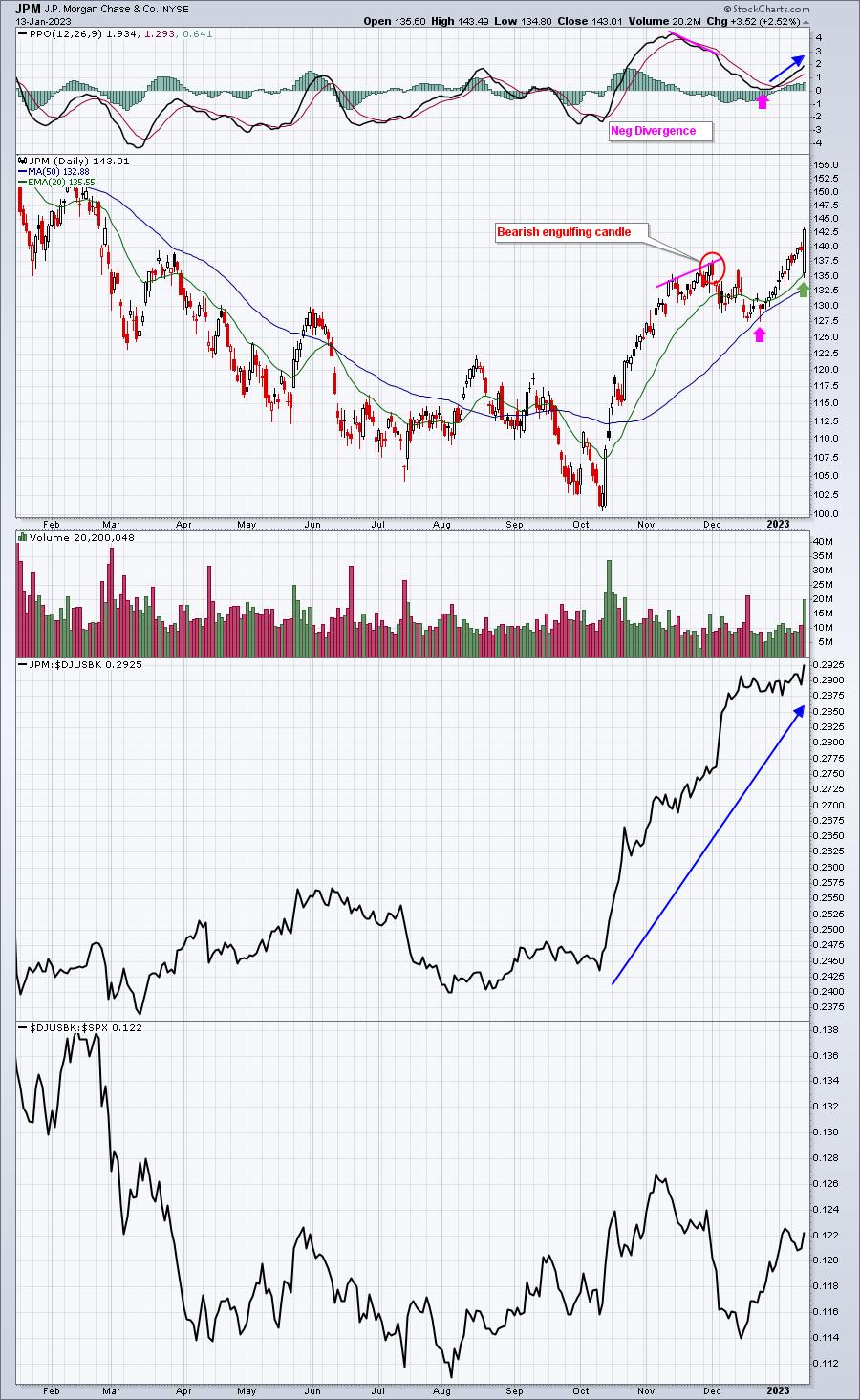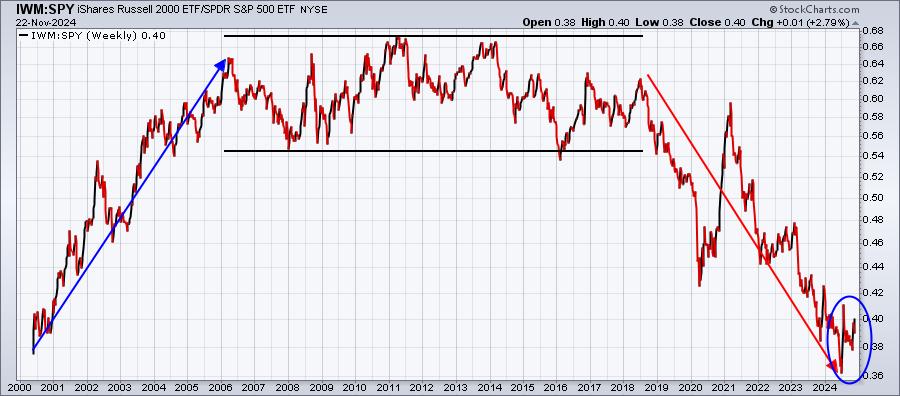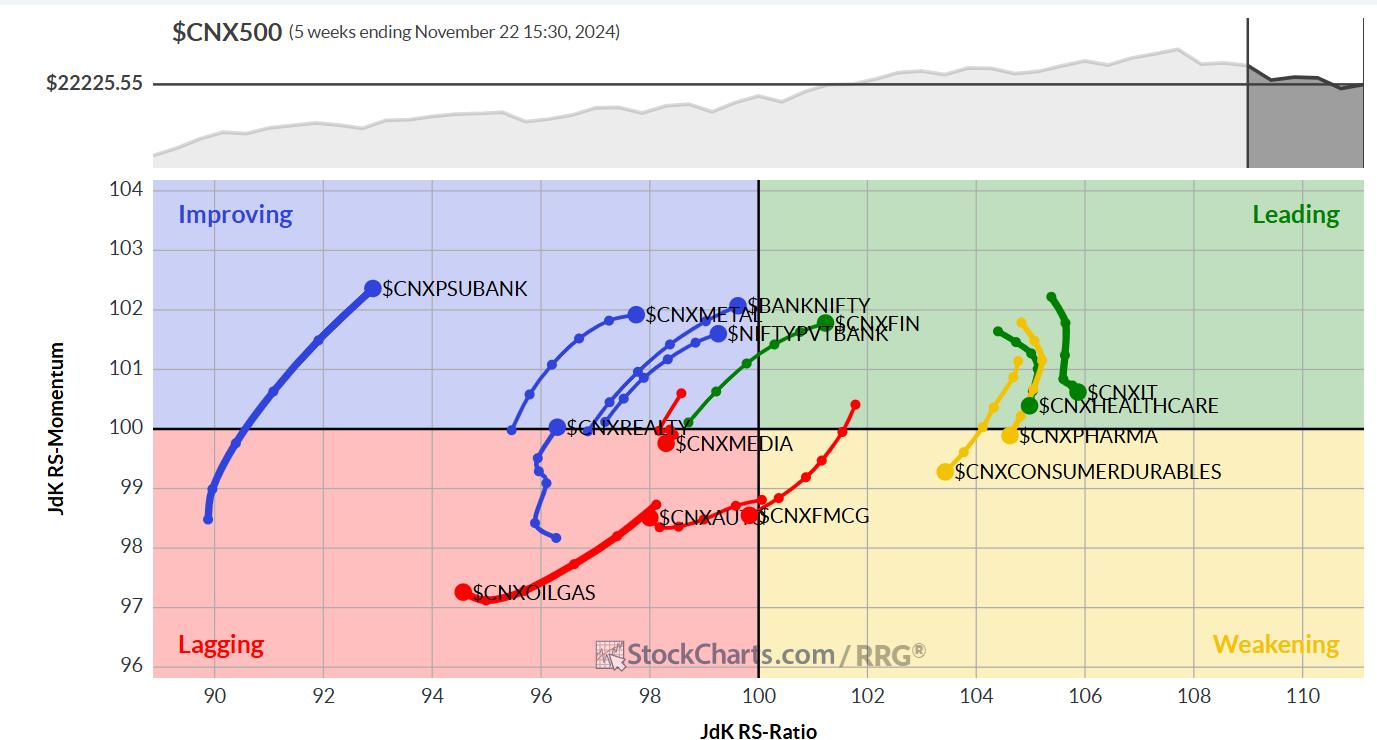Quarterly earnings are a time when management teams announce whether they’ve delivered on all of the promises they’ve made over the past 90 days. These quarterly earnings reports shouldn’t come as a shock. Wall Street despises big surprises, especially when companies underperform consensus estimates. Wall Street firms use future earnings estimates and projected growth rates to help them determine the inherent value of companies. If management teams can’t meet or exceed current estimates, how can their future estimates be trusted? And once Wall Street loses faith in management, it’s over. It can take a long time to restore that trust.
I have a “go to” on an income indicator, and you’ve probably heard me talk about it many times. It’s relative strength. Using a school analogy, teachers separate their best students from their worst students using grades. Students who consistently get A’s are considered excellent students, while C students are considered average and those who get F’s fail and are unable to keep up with the higher-achieving students. The stock market is not much different. The big Wall Street firms break down all companies in a given industry, and much of their “rating” for each company is based on expected quarterly earnings and a company’s history of beating estimates. As a trader or investor, we can get clues as to what to expect from quarterly earnings by relating the stock trading of different companies to others within their industry group. In other words, are they the A students or the F students or somewhere in between?
Here are two perfect examples of stocks just reported in the past week, one with excellent relative strength and the other much weaker:
JP Morgan (JPM)
- Quarterly Revenue: $34.55 billion (actual) vs. $33.95 billion (estimate)
- Quarterly Profit: $3.57 (actual) vs. $3.11 (estimated)
Put simply, JPM destroyed it. And Wall Street expected them to smash it. How do I know? Well, money has flowed into JPM in recent months compared to its banking peers. Look at this:
This is absolute textbook TA in my opinion. JPM was obviously a favorite among the big Wall Street firms and showed tremendous strength, both in absolute and relative terms, from the October low through early December. However, note the negative divergence that developed as the bullish momentum appeared to be fading. Then, on the first trading day of December, JPM printed a bearish engulfing candle, which is a reversal candle. Reversing candlesticks combined with negative divergences are signals I don’t ignore. I expect the PPO midline to “reset” and/or 50-day SMA tests after these bearish technical signals emerge. The two pink arrows mark the PPO midline reset and the 50-day SMA test ending the 3-week period of profit-taking/weakness. Since that time, JPM has resumed its earlier uptrend and has a stronger PPO – a very bullish technical behavior. Strengthening PPOs typically results in 20-day EMAs acting as solid support on pullbacks. After JPM’s quarterly results on Friday, a ‘sell in the news’ mentality kicked in and banks were very weak on Friday morning. JPM initially fell back to test this rising 20-day EMA, then rallied beautifully to close again at its highest level since February 2022.
Excellent relative strength was the earnings indicator that suggested we would see solid quarterly earnings and it was prudent to pay attention.
KB Home (KBH)
- Quarterly Revenue: $1.94 billion (actual) vs. $1.99 billion (estimate)
- Quarterly Profit: $2.47 (actual) vs. $2.85 (estimated)
Some may say, “How could you see this coming?” Well, look at relative strength and you would at least have to consider the possibility that quarterly earnings wouldn’t be great:

It would be easy to look at the recent price breakout and assume that quarterly earnings would be strong. But I believe KBH is nothing more than a beneficiary of a very strong homebuilder ($DJUSHB). Money has been heavily reallocated into homebuilders and KBH has benefited from this inflow, although it is a relative laggard. This was a case of a strong group masking a weak component inventory. KBH’s relative strength has been very poor for a long time and this earnings indicator made another prediction beautifully as KBH missed both its earnings and earnings per share.
I’m hosting a FREE webinar “Q4 Earnings: Sneak Preview” on Monday at 4:30pm ET where I will provide several upcoming earnings predictions based on relative strength. Last quarter’s results were fantastic! If you want to join me, all that is required is a FREE EB Digest newsletter subscription. We will be sending out room instructions to all of our EB Digest subscribers on Monday. CLICK HERE to enter your name and email address and join me if you are not already an EB Digest subscriber. No credit card is required and you can unsubscribe at any time.
Happy trading!
Tom

Tom Bowley is the Chief Market Strategist of EarningsBeats.com, a company that provides a research and education platform for investment professionals and individual investors. Tom writes a comprehensive Daily Market Report (DMR) that provides guidance to EB.com members every day the exchange is open. Tom has brought technical expertise here at StockCharts.com since 2006 and also has a fundamental public accounting background which brings him unique skills to approach the US stock market.





